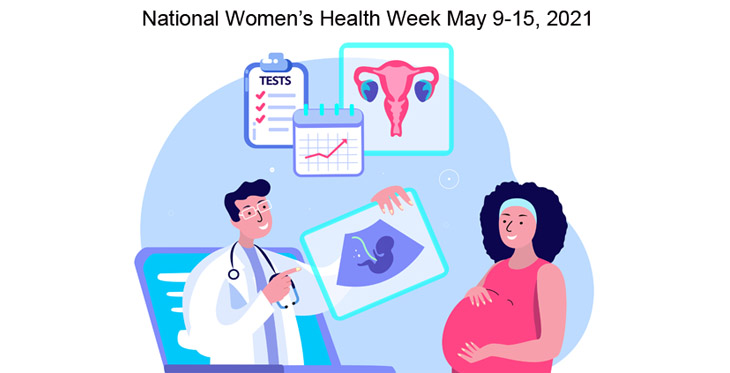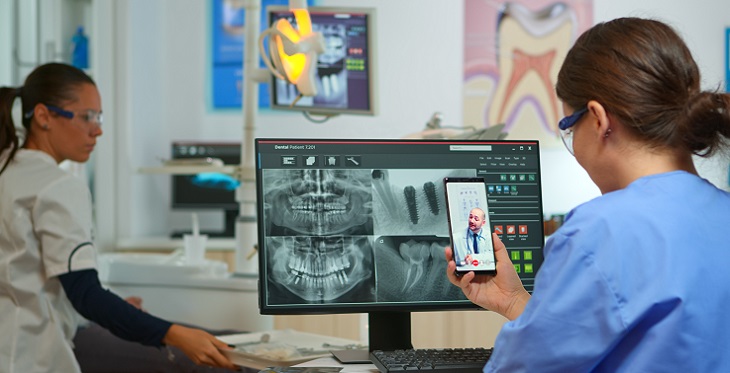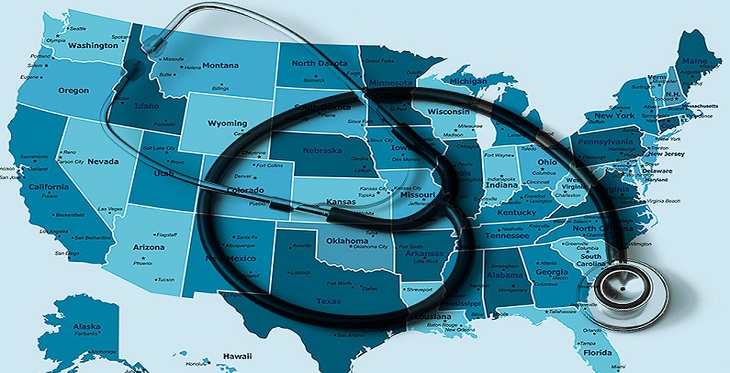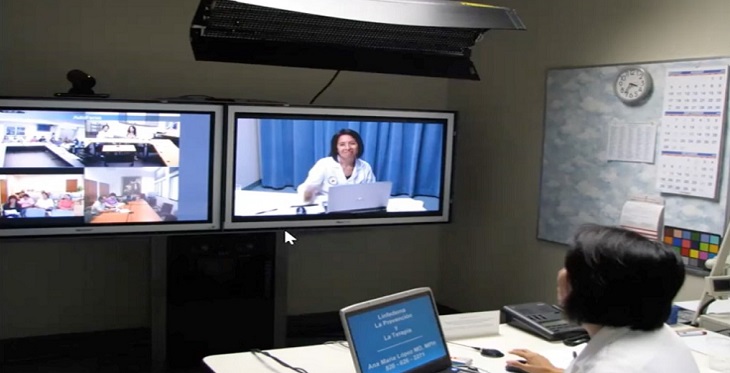PREGNANT? Oh so busy with work, kids? Avoid the travel and engage your partner and other children!

Can you imagine the opportunity to receive some of your prenatal care without leaving your home? The stress of pregnancy is certainly exacerbated by the eight to fourteen recommended prenatal visits, particularly if the woman has full-time work, lives far from the clinician, has other children at home, or lives in a part of the country with weather or other factors than makes it difficult to drive safely.
Published data show that these visits are safe, with the same outcomes as women who had traditional prenatal care visits. Patient satisfaction is high, particularly among women for which the pregnancy is not her first.










